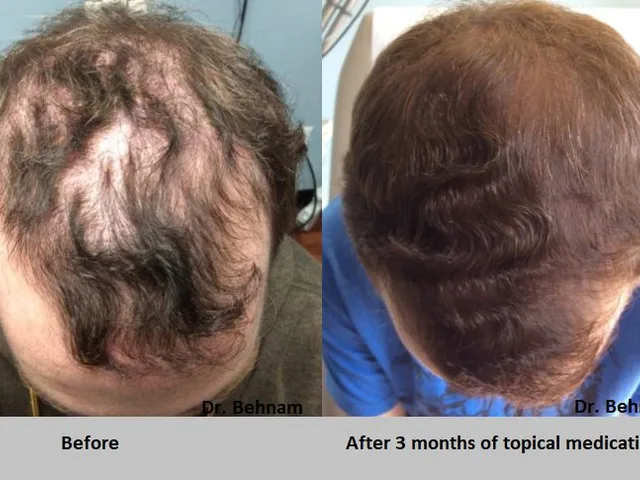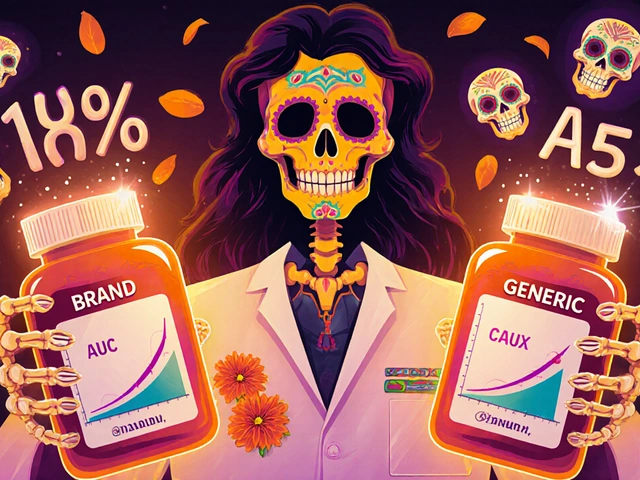Practical Asthma Treatment: Relief, Control, and When to Act
Wheezing, shortness of breath, tight chest — asthma can hit without warning. If you live with asthma, you want simple steps that work. This guide breaks down the most useful treatments, when to use them, and what to do in an emergency.
Rescue meds (quick relief): These are your go-to when symptoms flare. Short-acting beta agonists (SABAs) like albuterol open airways fast. Use your rescue inhaler at the first sign of tightening or wheeze. If you rely on a rescue inhaler more than twice a week for symptoms, your asthma isn't well controlled — time to see your doctor.
Controllers (daily prevention): Inhaled corticosteroids (ICS) are the most common controller meds. They lower airway inflammation and reduce flare-ups over time. Some people use combination inhalers (ICS + long-acting bronchodilator) for better control. Controllers take days to weeks to work, so stick with them even when you feel fine.
How to make inhalers work better
Technique matters. If you don't inhale properly, most of the medicine lands in your mouth instead of your lungs. Ask your provider to watch you use your inhaler. Using a spacer with a metered-dose inhaler helps, especially for kids and older adults. Rinse your mouth after steroid inhalers to avoid thrush.
Keep a peak flow meter at home if your doctor recommends it. It helps spot worsening control before symptoms get bad. Track readings, follow your written asthma action plan, and adjust meds only as your plan tells you.
Other treatment options
Leukotriene modifiers (oral pills) can help some people, especially with allergy-linked asthma. For severe asthma that doesn’t respond to standard meds, biologic injections (like omalizumab or mepolizumab) target specific immune drivers. These require specialist care and testing.
Allergy control matters. Reducing dust mites, pet dander, and mold can cut flare-ups. Vaccines like the flu shot and COVID vaccine lower the risk of infections that can trigger attacks.
During inhaler shortages, talk with your provider before switching. Short-term alternatives exist, and emergency plans can be adapted safely. Never mix or substitute medications without medical advice.
Know emergency signs: trouble speaking, lips or fingernails turning blue, severe shortness of breath, or no improvement after rescue inhaler use. If that happens, call emergency services and follow your action plan.
Finally, if symptoms are changing, you're using rescue inhalers more, or side effects bother you, see your healthcare provider. Asthma can be controlled for most people with the right meds and simple habits. Stick to your plan, learn proper inhaler technique, and keep an eye on triggers — that’s where real improvement starts.

Montelukast, widely used for asthma and allergies, now faces a lineup of alternatives in 2025. These options include biologics and other new therapies that promise benefits and come with certain drawbacks. Understanding these alternatives can help patients and doctors make informed decisions. This article delves into the pros and cons of each alternative, offering a comprehensive guide for those looking to explore new treatment options.
Chris Gore Mar 20, 2025
This article delves into the crucial aspects of acquiring Ventolin online, providing a detailed examination of its medical implications, side effects, and interactions with other substances. Ventolin (Albuterol) is a lifeline for asthma sufferers, offering rapid relief from asthma attacks. Through this guide, readers will gain insights into the most common dosages and recommendations, ensuring they can make informed decisions about managing their respiratory conditions. This comprehensive guide aims to be your go-to resource for understanding how to purchase Ventolin affordably and safely online.
Chris Gore Jan 13, 2024




